Vuelta a Espana peloton to tackle 'hardest stage ever' in Andorra
Stage 11 preview: six major climbs in 138km will test riders like nothing before
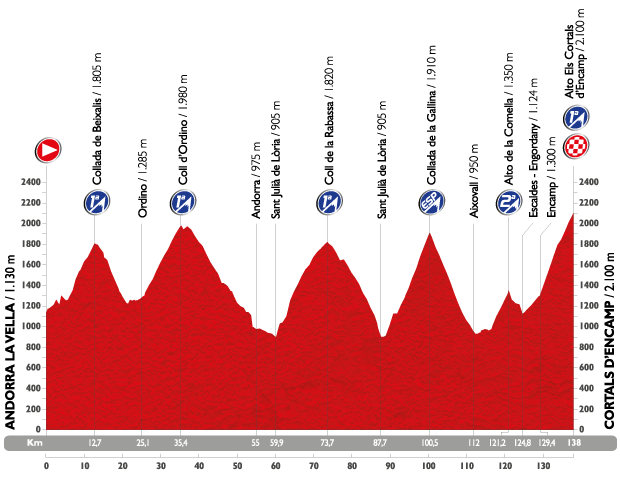
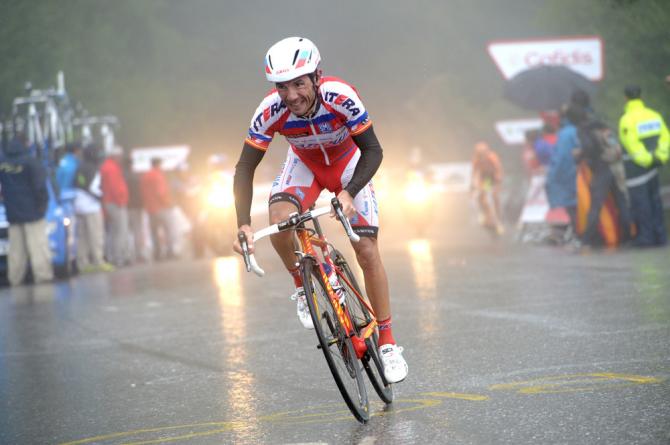
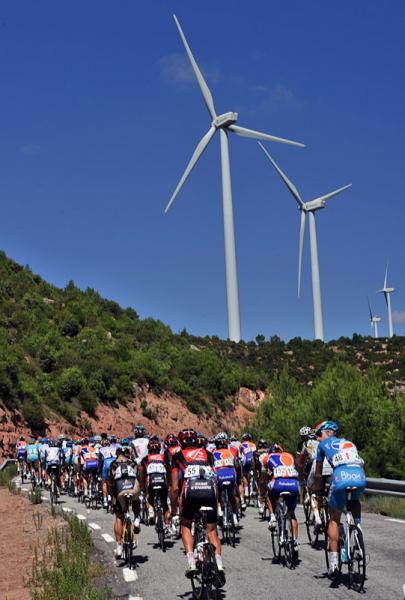
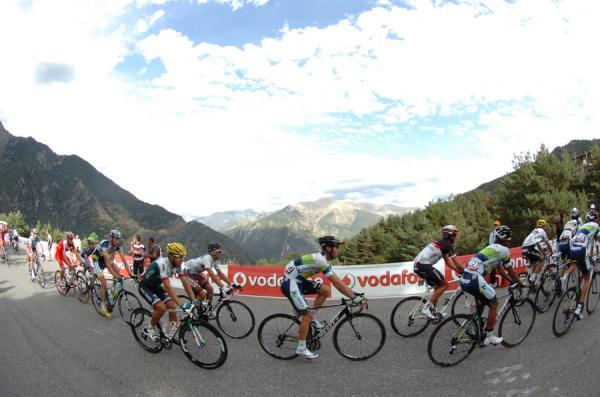
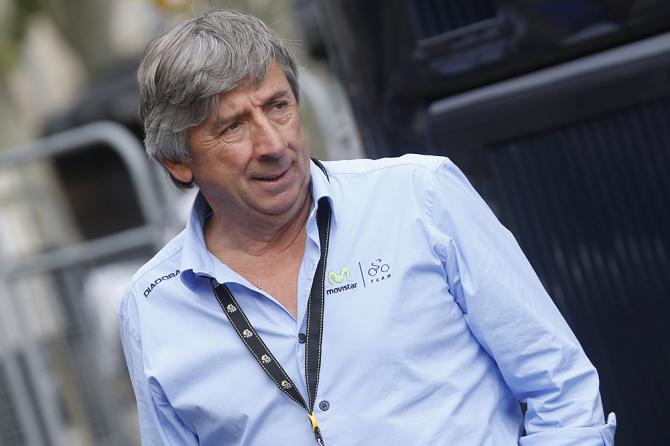
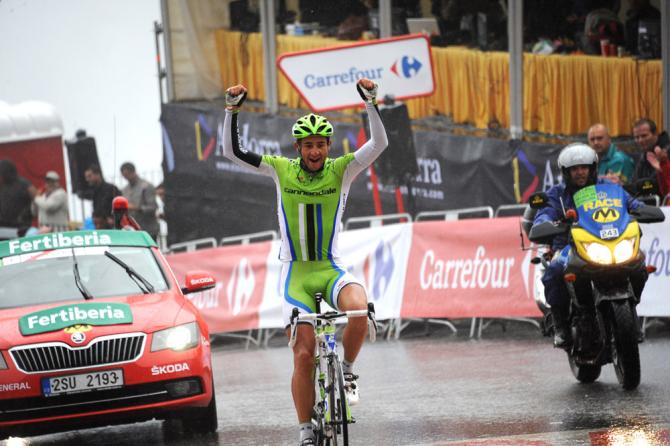
Nine months ago during the Vuelta a Espana route presentation, when the 'sharks-tooth' mountain profile of the Andorra stage flashed up on the big screen, longstanding Movistar manager Eusebio Unzue did not beat around the bush. Rather he told Cyclingnews it was "the hardest stage I have ever seen in a Grand Tour" in what he believed, too, to be the hardest ever Vuelta route on record.
Fast forward to September, and with less than 24 hours to go before stage 11's relentless mountain trek through Andorra, nobody has yet publicly disagreed with Unzue's analysis.
In fact, as the Vuelta peloton has ticked off stage after stage on the long haul up from the Porto Banus start to the Pyrenees, there's been an increasing sense of trepidation about stage 11's six classified climbs and roughly 5,000 vertical metres of climbing. That's all packed into 138 kilometres, making it easily the 2015 Vuelta's shortest stage except for the largely ceremonial final stage into Madrid and what would be, as the crow flies, a risibly short distance. However, when you realise the peloton will spend all of their time on Wednesday either climbing or descending during those 138 kilometres, the stage in Andorra suddenly becomes very different, and for most Grand Tours, very unusual.
As one of Unzue's star pupils, Alejandro Valverde put it in his rest day press conference, "[Wednesday's] stage is really impressive, a really hard one even if you're at 100 per cent."
"Also, after a rest day we all know that the body reacts quite unpredictably, even more so after a long transfer yesterday [Monday], going to bed late, and resting at high altitude, which is not ideal for your body. Many things will affect everyone's performance tomorrow."
There have been harder Vuelta stages in terms of vertical climbing, like the notoriously hard 2009 stage to Velefique, won by Ryder Hesjedal. That stage had a total of 6,500 metres, 2,000 more than in a 'normal' Tour de France high mountain stage. [That year, incidentally, the race was won by Valverde.]
But as Unzue pointed out to Cyclingnews in January, the Velefique stage was a very different order of affairs because the climbs that day in 2009 were almost all long, smooth, steady grinds of ascents. Andorra's climbs "are normally steep, with very difficult sections, and that'll make the riders suffer more." When asked if it was going to be the most important stage of the 2015 Vuelta, he said, "Yes, I think so. It could sink any of the favourites."
Get The Leadout Newsletter
The latest race content, interviews, features, reviews and expert buying guides, direct to your inbox!
"In recent years we've always had the big mountain stage right at the end of the race. The earlier stages have been very tactical, just a few seconds lost here and there mainly. This time round it's very different, this stage is so demanding."
What makes the Vuelta stage so unusually difficult is that with six classified climbs, four of them first category, one second and one special category on the menu, from the moment the riders head out of Andorra La Vella on Wednesday afternoon, there is barely a metre of flat. The first climb of the day, the Collada de Beixalls, starts after three kilometres of roads that are already rising, and whilst the route book states there are 4,950 metres of vertical climbing, the riders technical skills and concentration will be tested again and again on the 3,960 metres of descending, too.
Of the first five climbs, the Collada de la Gallina - ascent number four - has only been tackled twice previously but has already a well-established place in Vuelta history. Rated special category and rising 1,003 metres in 12 kilometres, the steeper upper slopes (combined with the sub-zero temperatures, gale force winds and rainstorms beforehand) wreaked havoc in 2013. While Daniele Ratto took the win that day, Chris Horner and Vincenzo Nibali gained time on all the other favourites and jointly confirmed their status as the top two challengers for overall victory. In 2012, when the Collada de la Gallina made its first appearance as a summit finish in the Vuelta, Valverde - on the back foot a year later on the same climb - out-powered Alberto Contador and Joaquim Rodriguez for the win, with Froome losing 15 seconds.
By the time they reach the summit of the Collada de la Gallina in the stage on Wednesday, the riders will likely be so exhausted even the next climb, the much easier second category ascent of Alto de la Cornella, could cause one or more top names to crack. If not, then the last climb and summit finish, the Alto Els Cortals d'Encamp could well prove even more merciless.
Nine kilometres long and ranked first category, the Els Cortals d'Encamp begins with a sharp swing right off Andorra's main road out to France up through a large, stone-lined housing estate. Although the road is broad and well-surfaced at the start of the climb, the lower slopes are relentlessly hard, ranging between 10 and 11 percent for the first two kilometres on a route that twists its way up the mountain side with some ferociously sharp hairpin bends.
Once out of the township of Encamp, the road immediately narrows to almost a single track and the gradient eases slightly. But after a straighter section, a sharp left-hand bend then ushers in another 1500 metres of switchbacking, steeper road of around 11.5 percent.
The upper slopes of the climb, running past tiny farmsteads up to a ski station and - of all things - a giant statue of an ant, are much smoother and steadier, and it will be tougher to go clear. The wind, too, could become a more important factor than on the much less exposed lower part of the ascent.
Weather the time cut
The weather, of course, is the other big unknown ingredient in stage 11. Colder, rainier conditions - worryingly similar to when the Vuelta last visited Andorra in 2013 and 14 riders abandoned - several with hypothermia - are forecast and could render an already extremely hard mountain stage even more difficult.
On such a short stage, the time cut, too, will be hugely important for those riders dropped early on. Ranked as an exceptionally difficult stage in the race manual, for this one stage only, the permitted time for completing the route is raised to between 20 and 22 percent of the winner's time for the highest average speeds. To get an idea of much higher that is, on a flat 'easy' Vuelta stage (of which there are just four in the 2015 race), the time cut is 15 percent. It will be interesting to see if so many riders get dropped early on, the race commissaires then extend the time limit further - as sometimes happens.
The final unknown ingredient in the mix is how the Vuelta peloton will adapt to racing in Andorra's mountains after a rest day. The subsequent change of pace and effort often has a negative effect on some top performers. The most famous case of a top rider suffering after a rest day in the Pyrenean mini-state was Jacques Anquetil in the 1964 Tour, when he was dropped on the Envalira going out of Andorra and nearly lost the race. Fifty-one years on, should the riders go flat out from the start of the Vuelta stage, as they did in the 1964 Tour, a big favourite could once again find themselves in difficulty from the word go.
The stage could, therefore, be one of the most dramatic of recent Grand Tour history - but despite all the hype, it could also, strange as it sounds, veer into a much more tedious affair. It's worth remembering that on a route as hard as this, the top names may simply be too un-nerved by the prospect of so much climbing to do more than ride conservatively up until almost within sight of the finish line, rather than launch an all-out attack. Furthermore, there has been a lot of talk amongst the big favourites that their form is not as good as at the Tour - and on such a dauntingly difficult stage that uncertainty could, in fact, produce a tedious stalemate.
In the 2009 Vuelta on the Velefique stage, in fact, barely a handful of seconds separated the top favourites - Cadel Evans, Valverde, Robert Gesink and Samuel Sanchez - at the finish. The excess of climbing had killed off the interest. But on such an unusual Vuelta stage route as Wednesday's stage 11, with so much steeper climbing and tougher descending than six years ago concentrated into such a short distance, however, it could be a very different story.
Alasdair Fotheringham has been reporting on cycling since 1991. He has covered every Tour de France since 1992 bar one, as well as numerous other bike races of all shapes and sizes, ranging from the Olympic Games in 2008 to the now sadly defunct Subida a Urkiola hill climb in Spain. As well as working for Cyclingnews, he has also written for The Independent, The Guardian, ProCycling, The Express and Reuters.
